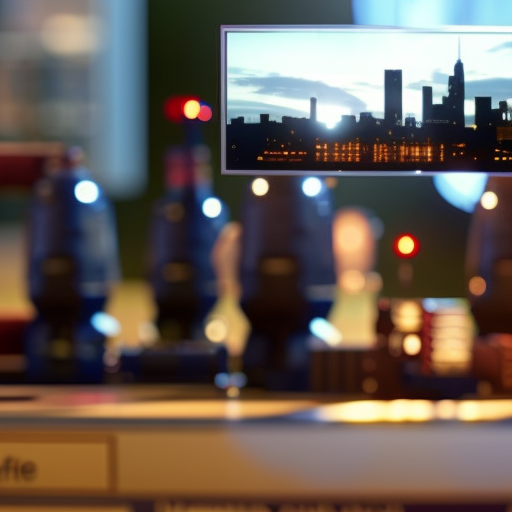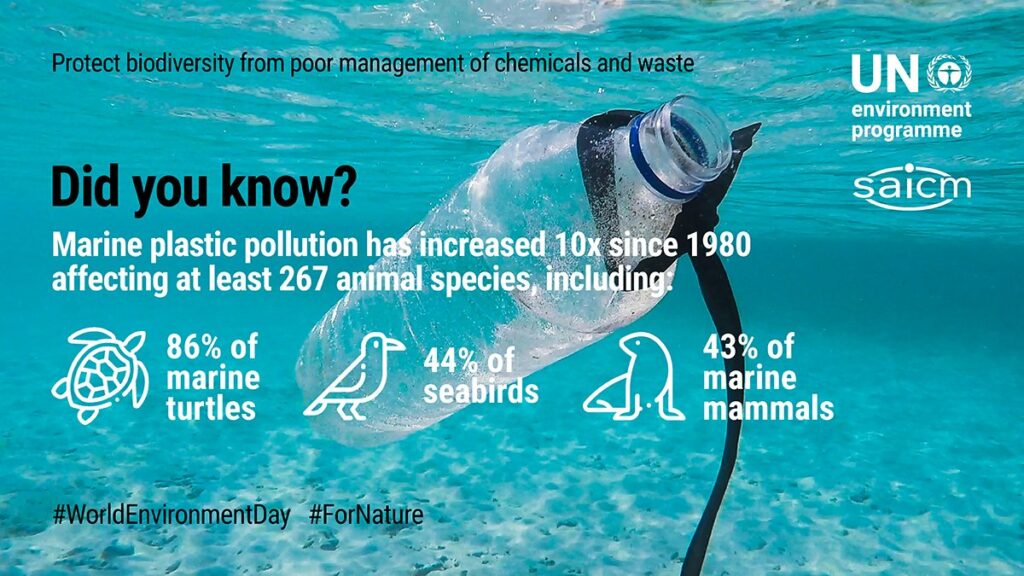
Approval of City Code Amendment and Fire Services Feasibility Assessment
Introduction
Two major pieces of business before the Edmonds City Council Tuesday night were whether to approve a city code amendment regarding critical aquifer recharge areas (CARAs) and to learn more about the city’s options for fire and emergency medical services. The council voted 6-1 to move to a future consent agenda the staff-recommended amendment to the CARAs, which are established to protect groundwater and public drinking supplies from potential contamination and to ensure adequate groundwater availability.
Critical Aquifer Recharge Areas (CARAs)
The vote on CARAs came despite a request from several residents who asked the council during public comment to instead approve an earlier proposal — from 2023 — that they said would be a more cautious approach to the issue until more is known about how to best treat per-and polyfluoroalkyl substances, better known as PFAS. They are also called “forever chemicals” because of how long they take to break down in the environment and people’s bodies. According to this Washington State Standard report, PFAS chemicals have been used since the 1940s to manufacture industrial and commercial products, including goods like nonstick cookware, carpets, and raincoats. They’ve also been a common ingredient in firefighting foam used at sites like military bases, airports, and refineries.
CARAs are treated as critical areas under the state’s Growth Management Act. When city code was last updated in 2016, it stated that no areas meeting criteria for CARAs existed in the city. However, in 2022, Edmonds was alerted to two CARAs in the city’s jurisdiction when the Olympic View Water and Sewer District appealed the city’s SEPA Determination of Nonsignificance (DNS) for a stormwater code update. While the water and sewer district’s appeal was denied by the hearing examiner, staff committed to updating city code to reflect the presence of possible CARAs within city boundaries.
Fire and Emergency Medical Services Options
In other business, the council heard a fire services feasibility assessment report from William Sturgeon of Fitch and Associates. The council hired the firm to analyze the costs of various options for fire and emergency medical services, now that South County Fire has put Edmonds on notice that it intends to terminate the current interlocal agreement for fire and EMS services effective Dec. 31, 2025. The city currently pays South County Fire $12 million annually, and fire and emergency medical services costs are a concern due to recent budget challenges.
Sturgeon explained that Fitch initially looked at four options for the city to consider in future fire services:
- Joining the existing RFA
- Bringing back the city’s own fire department
- Entering into a contractual relationship with Shoreline Fire
- Separating the city’s fire and emergency medical services (EMS) and contracting for EMS only
Fitch did not recommend pursuing option 4, because no advanced life support private ambulances are operating in Snohomish County.
Summary of Options
With a focus on the other three options, Sturgeon explained Edmonds’ particular needs for fire and EMS. Edmonds has more than 19,471 housing units and more than 1,642 non-residential buildings, including offices, professional services, restaurants, churches, schools and health care facilities. Of those commercial buildings, 109 are considered high risk based on the number of stories, required fire flow and sprinkler systems. Edmonds has also seen a 12% increase in fire and EMS call volume since 2019. South County Fire had an average of 16.8 calls for emergency services daily in Edmonds, with 86.2% of those for emergency medical services.
There are three fire stations located in the city — Station 16 in Maplewood, Station 17 downtown and Station 20 in Esperance. There is also a water rescue boat at the Port of Edmonds.
Sturgeon shared information about the current South County Fire staffing for the three Edmonds stations, adding that Fitch believes that the agency is using “a lean model.”
Financial Considerations
There are financial considerations for any of the three options explored by Fitch, and Sturgeon went through the pros and cons of each.
Annexing into the RFA — at an annual estimated cost of $17.8 million — would ensure the city could maintain its current level of fire and emergency services. Edmonds also would no longer be responsible for the fire dispatch fees it pays to Snohomish County 911, which is $401,107 in 2024. On the minus side, joining the RFA would increase the levy rate for taxpayers. In addition, the level of service Edmonds would receive would be governed by an elected board of fire commissioners rather than the City of Edmonds. This option would take 18-24 months to implement.
Contracting with Shoreline Fire — estimated to cost $24.9 million annually — would provide Edmonds with services similar to those it now receives through South County Fire. On the minus side, there are many variables in this scenario that would mean uncertainty for Edmonds. Approvals would be required by other agencies — including the King County Council — and the City of Edmonds would need to purchase equipment to provide fire and EMS services. This option would take an estimated 24-26 months.
Reestablishing a City of Edmonds Fire Department, disbanded in 2009 due to cost pressures, would give the city control of its emergency services. However, there are several disadvantages to this option, including the challenge of recruiting and retaining personnel and the need to purchase apparatus, equipment and firefighter protective gear. New apparatus is currently taking 20-36 months for delivery, Sturgeon said. “It’s a heavy lift to create a fire department from scratch,” he added. The estimated annual cost for this option is $19.2 million. In addition, an estimated $6.75 million would be required for capital and start-up costs. And, Edmonds fire stations need remodeling, rebuilding and relocations at a cost of approximately $20
SDGs, Targets, and Indicators
SDGs Addressed:
- SDG 6: Clean Water and Sanitation
- SDG 11: Sustainable Cities and Communities
- SDG 13: Climate Action
Targets Identified:
- Target 6.3: Improve water quality by reducing pollution, eliminating dumping, and minimizing release of hazardous chemicals and materials.
- Target 11.6: Reduce the adverse per capita environmental impact of cities, including by paying special attention to air quality and municipal and other waste management.
- Target 13.1: Strengthen resilience and adaptive capacity to climate-related hazards and natural disasters in all countries.
Indicators:
- Indicator 6.3.2: Proportion of bodies of water with good ambient water quality.
- Indicator 11.6.2: Annual mean levels of fine particulate matter (e.g. PM2.5) in cities.
- Indicator 13.1.1: Number of deaths, missing persons, and directly affected persons attributed to disasters per 100,000 population.
Analysis
1. Which SDGs are addressed or connected to the issues highlighted in the article?
The issues highlighted in the article are connected to SDG 6 (Clean Water and Sanitation), SDG 11 (Sustainable Cities and Communities), and SDG 13 (Climate Action).
2. What specific targets under those SDGs can be identified based on the article’s content?
Based on the article’s content, the specific targets that can be identified are:
– Target 6.3: Improve water quality by reducing pollution, eliminating dumping, and minimizing release of hazardous chemicals and materials.
– Target 11.6: Reduce the adverse per capita environmental impact of cities, including by paying special attention to air quality and municipal and other waste management.
– Target 13.1: Strengthen resilience and adaptive capacity to climate-related hazards and natural disasters in all countries.
3. Are there any indicators mentioned or implied in the article that can be used to measure progress towards the identified targets?
Yes, there are indicators mentioned or implied in the article that can be used to measure progress towards the identified targets. These indicators are:
– Indicator 6.3.2: Proportion of bodies of water with good ambient water quality.
– Indicator 11.6.2: Annual mean levels of fine particulate matter (e.g. PM2.5) in cities.
– Indicator 13.1.1: Number of deaths, missing persons, and directly affected persons attributed to disasters per 100,000 population.
These indicators can be used to measure the progress towards improving water quality, reducing pollution, managing waste, and strengthening resilience to climate-related hazards.
Table: SDGs, Targets, and Indicators
| SDGs | Targets | Indicators |
|---|---|---|
| SDG 6: Clean Water and Sanitation | Target 6.3: Improve water quality by reducing pollution, eliminating dumping, and minimizing release of hazardous chemicals and materials. | Indicator 6.3.2: Proportion of bodies of water with good ambient water quality. |
| SDG 11: Sustainable Cities and Communities | Target 11.6: Reduce the adverse per capita environmental impact of cities, including by paying special attention to air quality and municipal and other waste management. | Indicator 11.6.2: Annual mean levels of fine particulate matter (e.g. PM2.5) in cities. |
| SDG 13: Climate Action | Target 13.1: Strengthen resilience and adaptive capacity to climate-related hazards and natural disasters in all countries. | Indicator 13.1.1: Number of deaths, missing persons, and directly affected persons attributed to disasters per 100,000 population. |
Behold! This splendid article springs forth from the wellspring of knowledge, shaped by a wondrous proprietary AI technology that delved into a vast ocean of data, illuminating the path towards the Sustainable Development Goals. Remember that all rights are reserved by SDG Investors LLC, empowering us to champion progress together.
Source: myedmondsnews.com

Join us, as fellow seekers of change, on a transformative journey at https://sdgtalks.ai/welcome, where you can become a member and actively contribute to shaping a brighter future.






